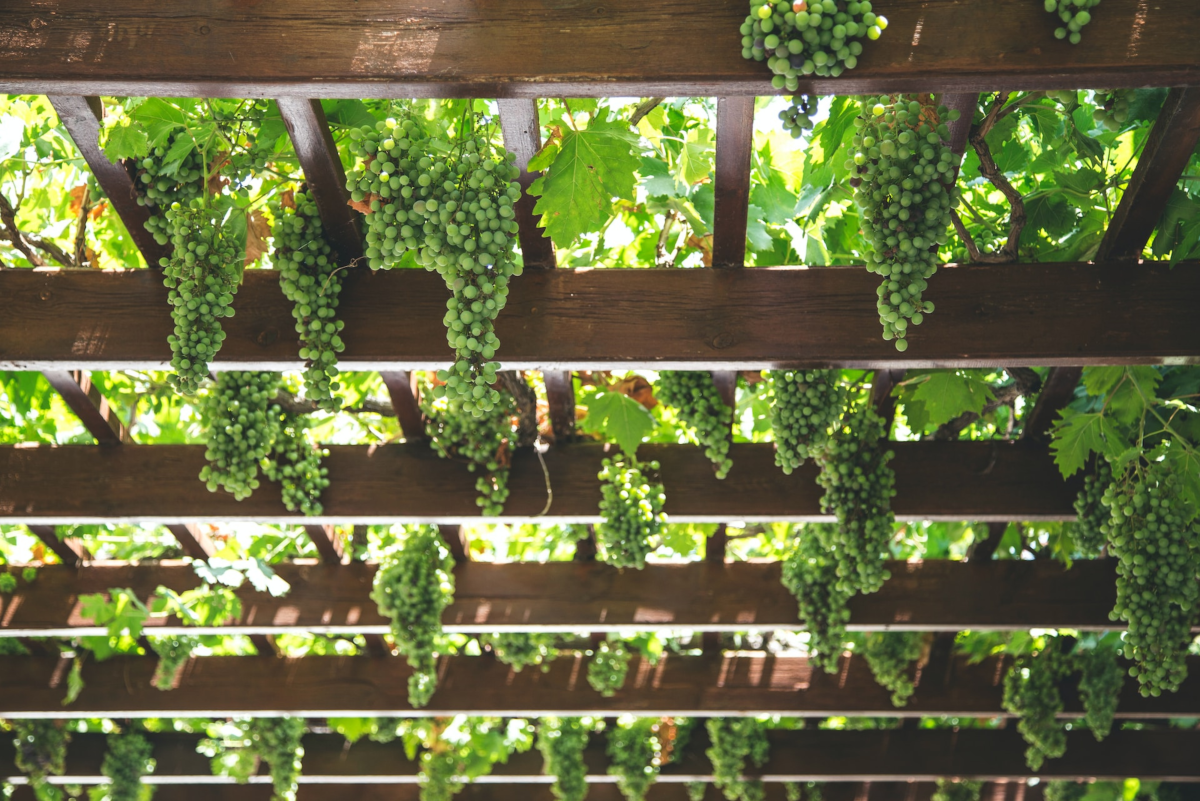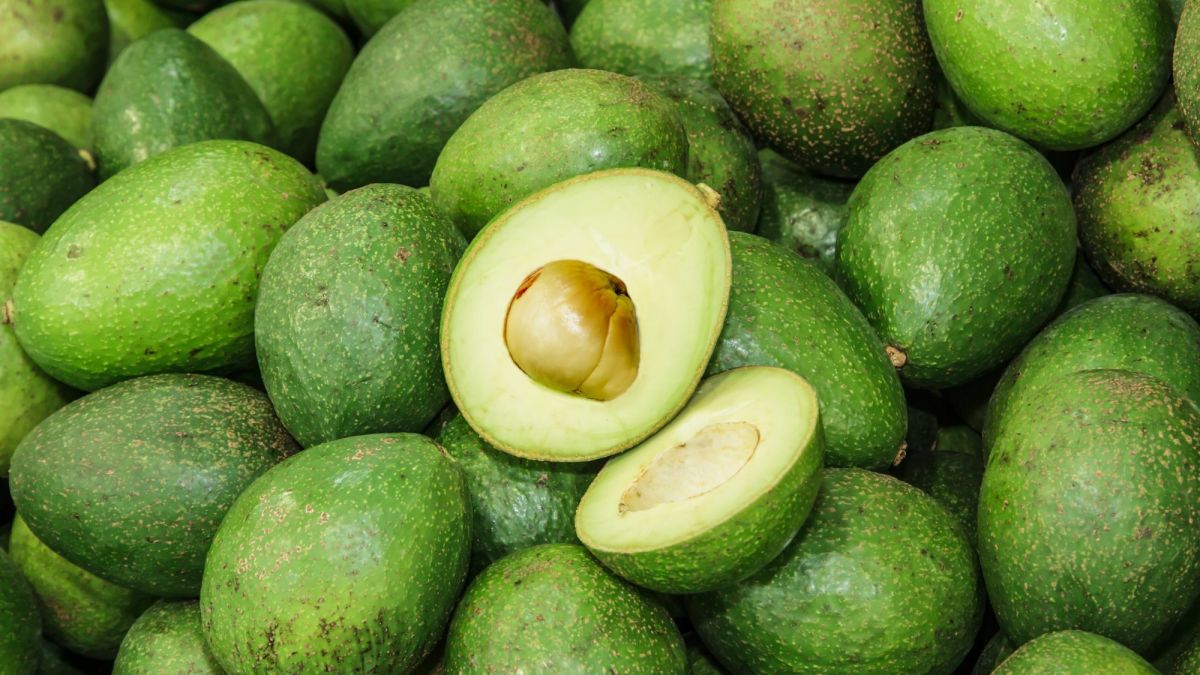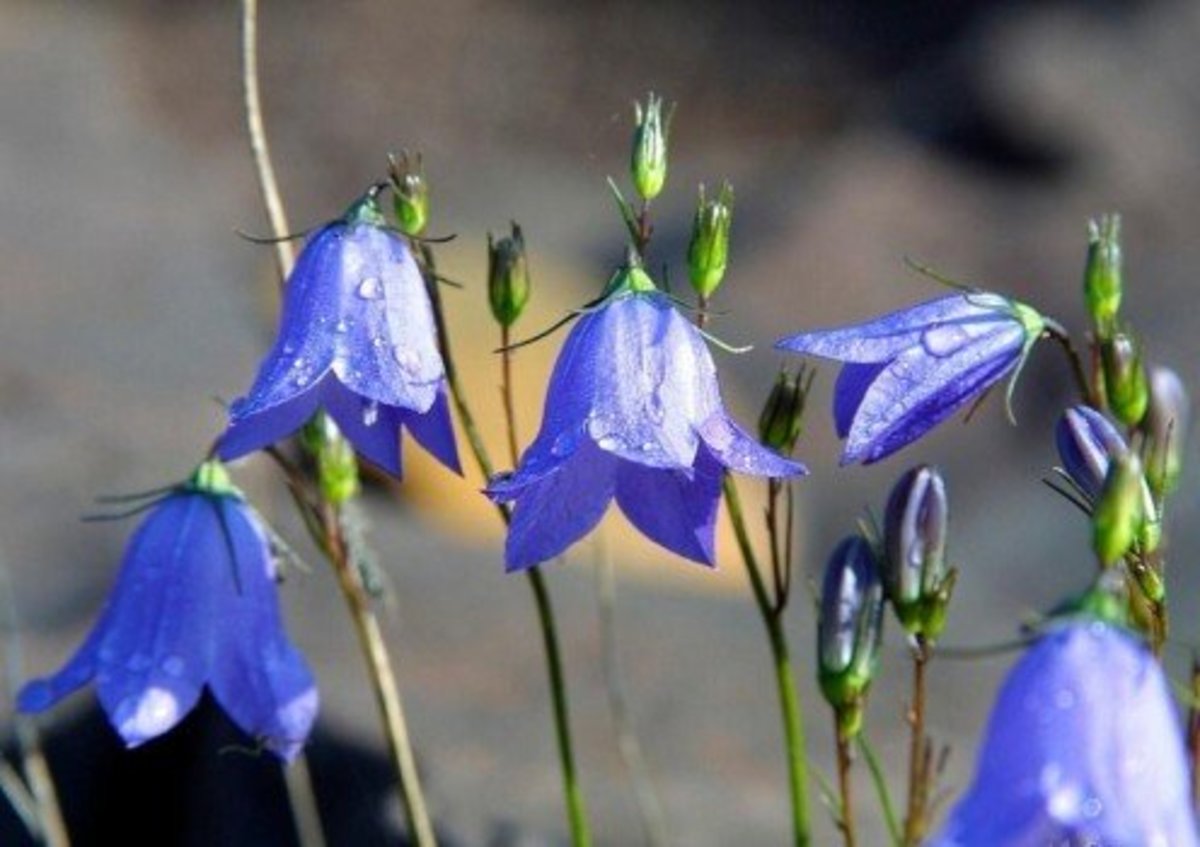Parts of a Grapevine
Vines in Nature vs. Vines in Vineyards
Even though grapes grow on vines, we don't cultivate them the same way as a lot of ground-running vines like melons. Instead, we shape them into something resembling an upright, fruit-bearing plant.
There's the trunk like on a tree. It's the main woody stock that grows straight up out of the ground. In nature, vines would wind around and go more sideways than upwards. On a vineyard, we have a trellis system that guides the plants' growth upwards.
Young Vines and Grapes
When you have a young vine, it is very green and won't have much of a trunk at all for the first few years. Each year, before spring growth, you constrict it to growing upwards towards the first wire of the trellis system. Each year that sprout will go through the annual cycle of budding in the spring, maturing in the summer and hardening in the winter. It'll get a little stockier and be a decent trunk within four years.
The plant starts bearing fruit within that time too. Realistically, you don't want to use the fruit from really young grape vines because they won't have a rootstock sufficient to really feed the plant. Nevertheless, local wine laws will indicate that a plant can be harvested somewhere between it's third growth and fifth growth.
Parts of a Mature Vine
Once a vine is mature, it will generally have a few recognizable parts. We'll list the parts and then look at each one in more detail later.
- Trunk
- Root stock
- Head
- Canes
- Spurs/Buds
- Leaves
- Grape clusters
Again, the trunk is pretty straightforward. It's the thick wooden part rising up out of the ground.
The rootstock is also relatively easy to identify since it's the part of the plant that's underground. Roots on grapevines can be very large tap roots. They tend to go straight down and they go very far. Often, the root of the plant will be as deep as the plant is tall above ground!
The head of the vine is a large wooden bulb at the top of the trunk. Most of the vine growth will originate from the head. It tends to be just below or on the same level as the first supporting wire in the trellis system.
Canes are large, thick vines that sprout from the head.
Spurs, or buds, are notches on the cane that will sprout thinner, younger vines that are responsible for bearing fruit and leaves.
Grape clusters are pretty easy to spot once they're shaped like the fruit we're so used to seeing. But the blossoms might catch you off guard. They are shaped like grape clusters, but without the fruit. Instead there are light yellow and green bulbs that will become the seeds or pips in the grapes.
Leaves are leaves. You will recognize them. But there is a lot to say about leaf structure too!
Leaf sprouts
Click thumbnail to view full-size


Grapevine Leaves
There are different sorts of leaves on grape vines. They are palmate-veined leaves with petioles. This means that the veins fan out from the base of the leaf where they are connected to the petiole. Getting into more detail really requires a lot of fancy vocabulary. If you look at the photographs to the right, you'll get a pretty good idea of what grape leaves look like.
Identifying Other Plants
- Identifying Plants and Flowers (Science U)
Listing of dozens of common flowering plants with pictures and descriptions - Learning to Identify Plants by Families. An article by Thomas J. Elpel, author of Botany in a Day.
Wildflower photo gallery with plants grouped according to families by the author of Botany in a Day.











